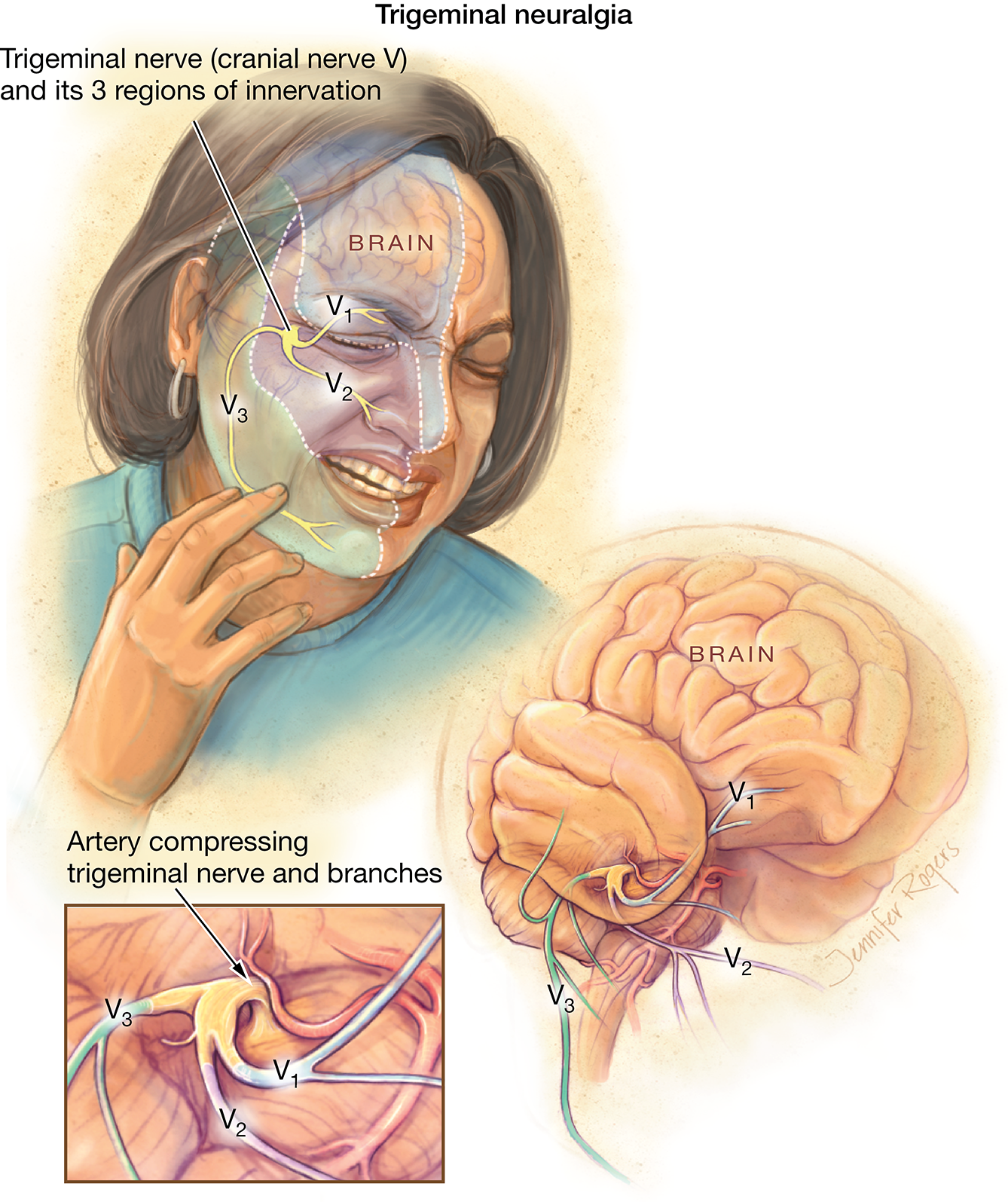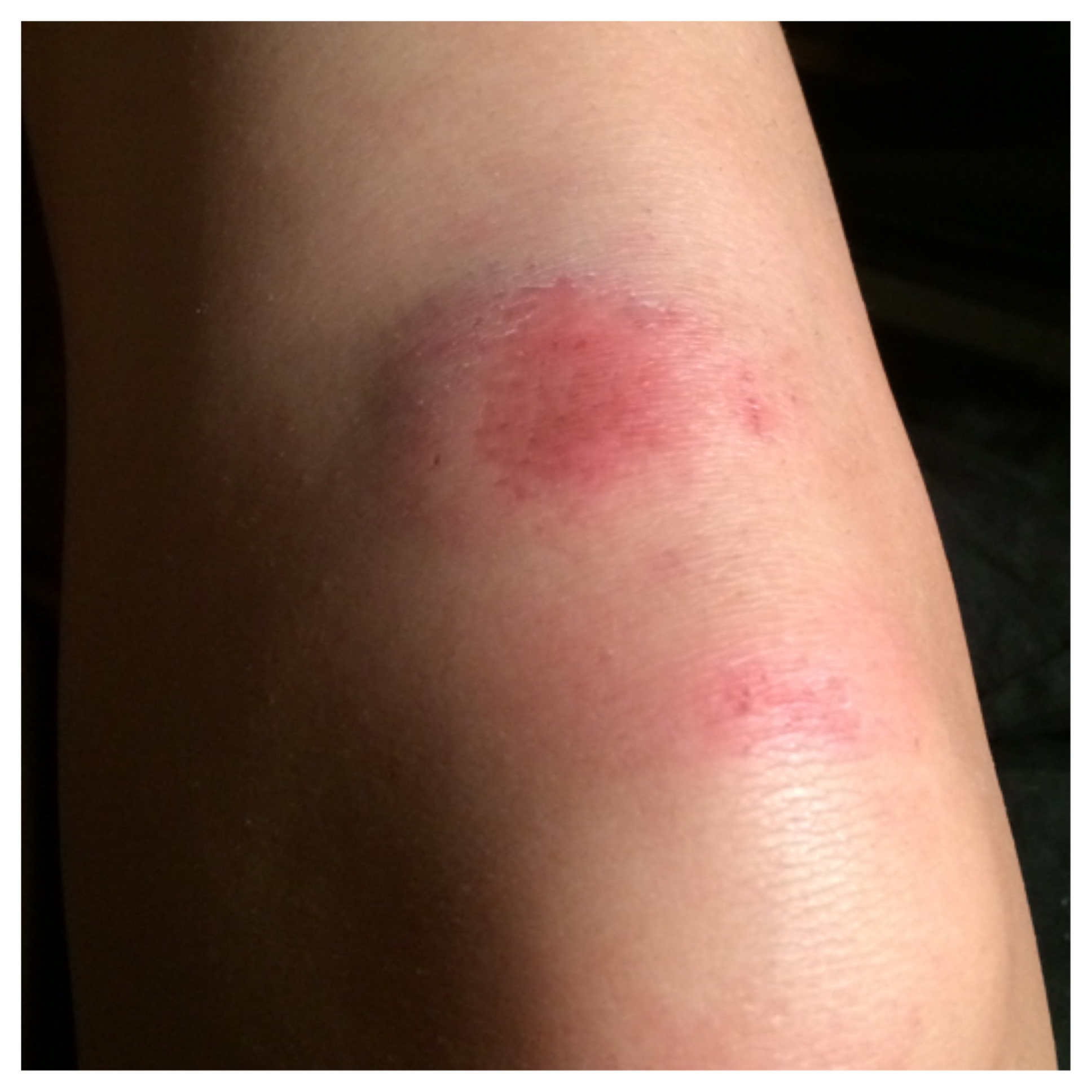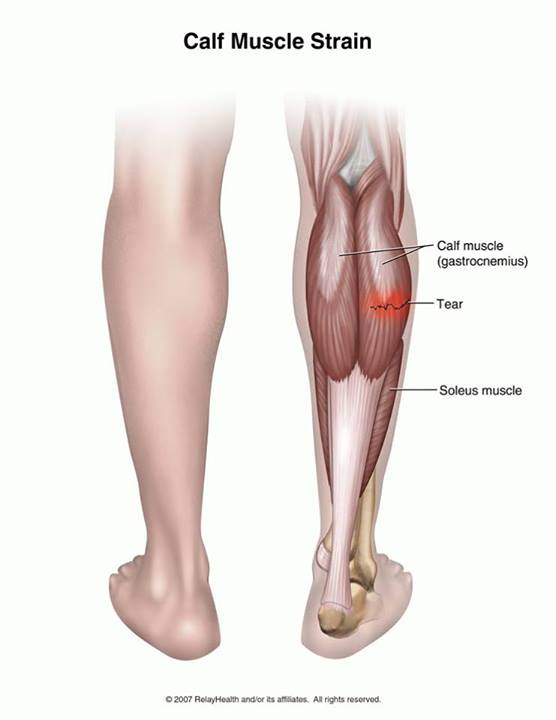Meniscal (Cartilage) Tear

What is a meniscal (cartilage) tear?
The meniscus is a piece of cartilage in the middle of your knee. Cartilage is tough, smooth, rubbery tissue that lines and cushions the surface of the joints. You have a meniscus on the inner side of your knee (the medial meniscus) and a meniscus on the outer side of the knee (the lateral meniscus). Each meniscus attaches to the top of the shinbone (tibia), makes contact with the thighbone (femur), and acts as a shock absorber during weight-bearing activities. If a meniscus tears, it can cause knee pain and can limit motion.
How does it occur:
A meniscal tear can occur when the knee is forcefully twisted or sometimes with minimal or no trauma, such as when you are squatting.
Symptoms of meniscal (cartilage) tear:
Symptoms may include the following:-
- You have pain in your knee joint.
- You have immediate swelling with fluid in the joint, called an effusion.
- You can’t fully bend or straighten your leg.
- Your knee locks or gets stuck in one place.
- You hear a snap or pop at the time of the injury.
- A chronic (old) meniscal tear may give you pain on and off during activities, with or without swelling. Your knee may sometimes lock, and you may have
- stiffness in the knee.
Diagnosis of meniscal (cartilage) tear:
- Your healthcare provider will review your symptoms and how the injury occurred.
- He or she will ask about your medical history and examine your knee.
- Your provider will move your knee in several ways that may cause pain along the injured meniscal surface.
- You may have X-rays to see if the bones in your knee are injured, but a meniscal tear will not show on an X-ray.
- An MRI scan can help diagnose a meniscal tear.
How is it treated:
To treat this condition
- Put an ice pack, gel pack, or package of frozen vegetables, wrapped in a cloth on the area every 3 to 4 hours, for up to 20 minutes at a time.
- Raise the knee on a pillow when you sit or lie down.
- Wrap an elastic bandage around your knee to keep the swelling from getting worse.
- Wear a knee immobilizer or other brace as directed by your provider.
- Use crutches to prevent further injury while the meniscus heals.
- Take an anti-inflammatory medicine such as ibuprofen, or other medicine as directed by your provider. Nonsteroidal anti-inflammatory medicines (NSAIDs) may cause stomach bleeding and other problems. These risks increase with age. Read the label and take as directed. Unless recommended by your healthcare provider, do not take for more than 10 days.
- Your provider may give you an injection of a corticosteroid medicine. This will not fix the torn meniscus but may relieve your symptoms temporarily.
- While you are recovering from your injury, you will need to change your sport or activity to one that does not make your condition worse. For example, you may need to swim instead of run.
- Arthroscopic surgery is needed to repair or remove large torn pieces of cartilage. The surgery usually takes about an hour. An arthroscope is a tube with a light on the end that projects an image of the inside of your knee onto a TV screen. By putting tools through the end of the arthroscope, the healthcare provider can usually repair or remove the damaged meniscus. Because the meniscus is a valuable shock absorber, the provider will leave as much of the healthy portion of the meniscus as possible during surgery.
- You will go home the day of the surgery. You should keep your leg elevated. Take it easy for at least the next 2 to 3 days.
Do not take part in strenuous activities until your healthcare provider advises that you are ready.
How long will the effects last:
If you have a small tear that has not been repaired or removed, you may still be able to function well and be active. However, your knee may sometimes swell, lock, be stiff, or hurt during activities.
If you have surgery, you will need to spend time rehabilitating your knee. Everyone recovers at a different rate, depending on the severity of the injury and their general health. Many people return to their previous level of activity within a month or so after surgery.
When can I return to my normal activities:
Everyone recovers from an injury at a different rate. Return to your activities depends on how soon your knee recovers, not by how many days or weeks it has been since your injury has occurred. The goal is to return you to your normal activities as soon as is safely possible. If you return too soon you may worsen your injury.
You may safely return to your normal activities when, starting from the top of the list and progressing to the end, each of the following is true:
- your injured knee can be fully straightened and bent without pain
- your knee and leg have regained normal strength compared to the uninjured
- knee and leg
- your knee is not swollen
- you are able to bend, squat, or walk without pain
How can a meniscal tear be prevented
To help prevent knee cartilage injuries, it helps to have strong thigh and hamstring muscles, and to stretch your legs before and after exercising. In activities such as skiing, be sure your ski bindings are set correctly by a trained professional so that your skis will release when you fall.
Physiotherepy of meniscal (cartilage) tear
Meniscal (Cartilage) Tear Exercises

You may do the first 5 exercises right away. You may do the rest of the exercises when the pain in your knee has decreased.
Passive knee extension:
Do this exercise if you are unable to extend your knee fully. While lying on your back, place a rolled-up towel under the heel of your injured leg so the heel is about 6 inches off the ground. Relax your leg muscles and let gravity slowly straighten your knee. Try to hold this position for 2 minutes. Repeat 3 times. You may feel some discomfort while doing this exercise. Do the exercise several times a day.
This exercise can also be done while sitting in a chair with your heel on another chair or stool.
Heel slide:
Sit on a firm surface with your legs straight in front of you. Slowly slide the heel of the foot on your injured side toward your buttock by pulling your knee toward your chest as you slide the heel. Return to the starting position. Do 2 sets of 15.
Standing calf stretch:
Stand facing a wall with your hands on the wall at about eye level. Keep your injured leg back with your heel on the floor. Keep the other leg forward with the knee bent. Turn your back foot slightly inward (as if you were pigeon-toed). Slowly lean into the wall until you feel a stretch in the back of your calf. Hold the stretch for 15 to 30 seconds. Return to the starting position. Repeat 3 times. Do this exercise several times each day.
Hamstring stretch on wall :
Lie on your back with your buttocks close to a doorway. Stretch your uninjured leg straight out in front of you on the floor through the doorway. Raise your injured leg and rest it against the wall next to the door frame. Keep your leg as straight as possible. You should feel a stretch in the back of your thigh. Hold this position for 15 to 30 seconds. Repeat 3 times.
Straight leg raise:
Lie on your back with your legs straight out in front of you. Bend the knee on your uninjured side and place the foot flat on the floor. Tighten the thigh muscle on your injured side and lift your leg about 8 inches off the floor. Keep your leg straight and your thigh muscle tight. Slowly lower your leg back down to the floor. Do 2 sets of 15.
Wall squat with a ball:
Stand with your back, shoulders, and head against a wall. Look straight ahead. Keep your shoulders relaxed and your feet 3 feet from the wall and shoulder’s width apart. Place a soccer or basketball-sized ball behind your back. Keeping your back against the wall, slowly squat down to a 45-degree angle. Your thighs will not yet be parallel to the floor. Hold this position for 10 seconds and then slowly slide back up the wall. Repeat 10 times. Build up to 2 sets of 15.
Step-up Stand with the foot of your injured leg on a support 3 to 5 inches high (like a small step or block of wood). Keep your other foot flat on the floor. Shift your weight onto the injured leg on the support. Straighten your injured leg as the other leg comes off the floor. Return to the starting position by bending your injured leg and slowly lowering your uninjured leg back to the floor. Do 2 sets of 15.
Knee stabilization :
Wrap a piece of elastic tubing around the ankle of your uninjured leg. Tie a knot in the other end of the tubing and close it in a door at about ankle height.
Stand facing the door on the leg without tubing and bend your knee slightly, keeping your thigh muscles tight. Stay in this position while you move the leg with the tubing straight back behind you. Do 2 sets of 15.
Turn 90 degrees so the leg without tubing is closest to the door. Move the leg with tubing away from your body. Do 2 sets of 15.
Turn 90 degrees again so your back is to the door. Move the leg with tubing straight out in front of you. Do 2 sets of 15
.
Turn your body 90 degrees again so the leg with tubing is closest to the door. Move the leg with tubing across your body. Do 2 sets of 15.










